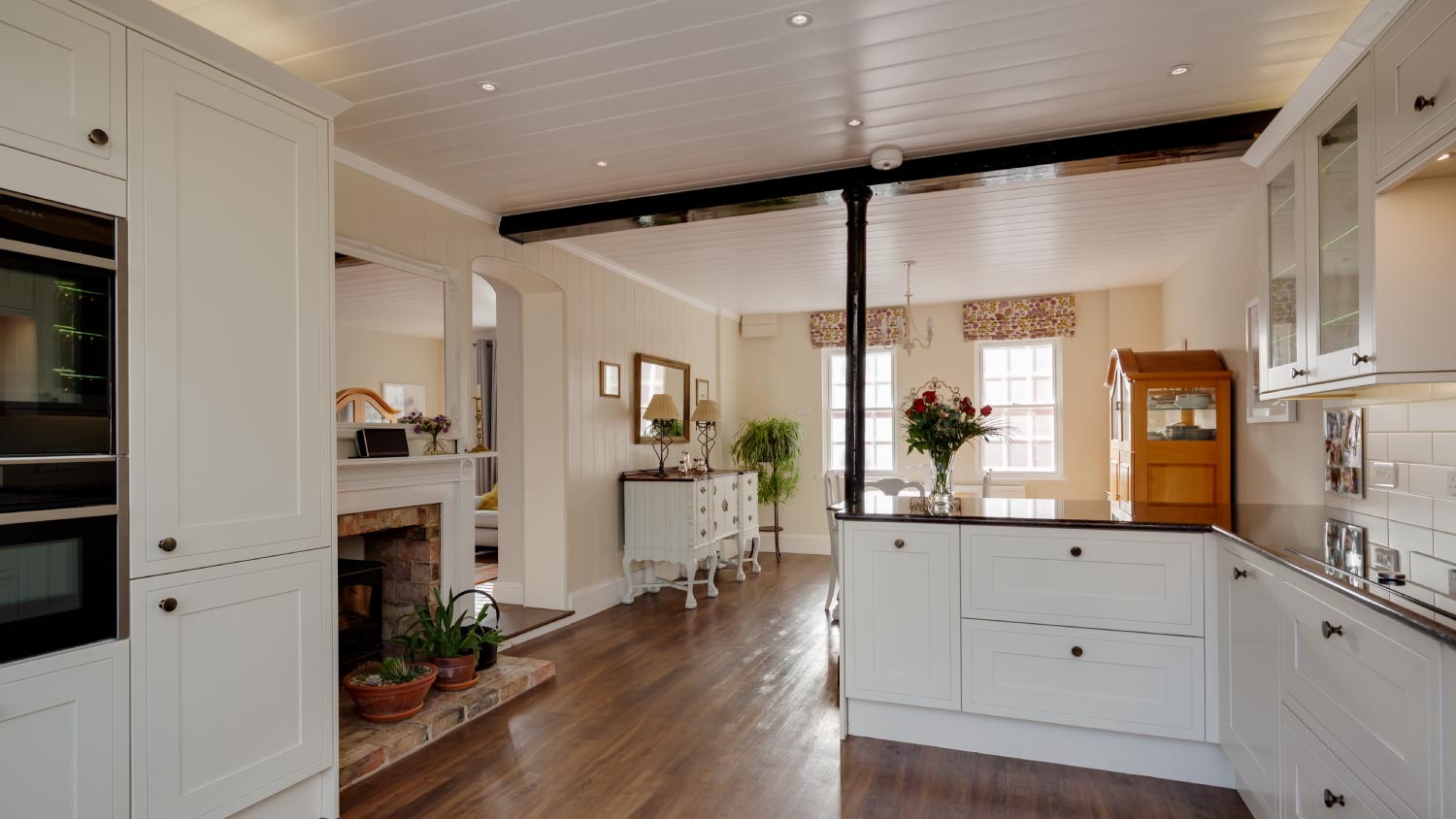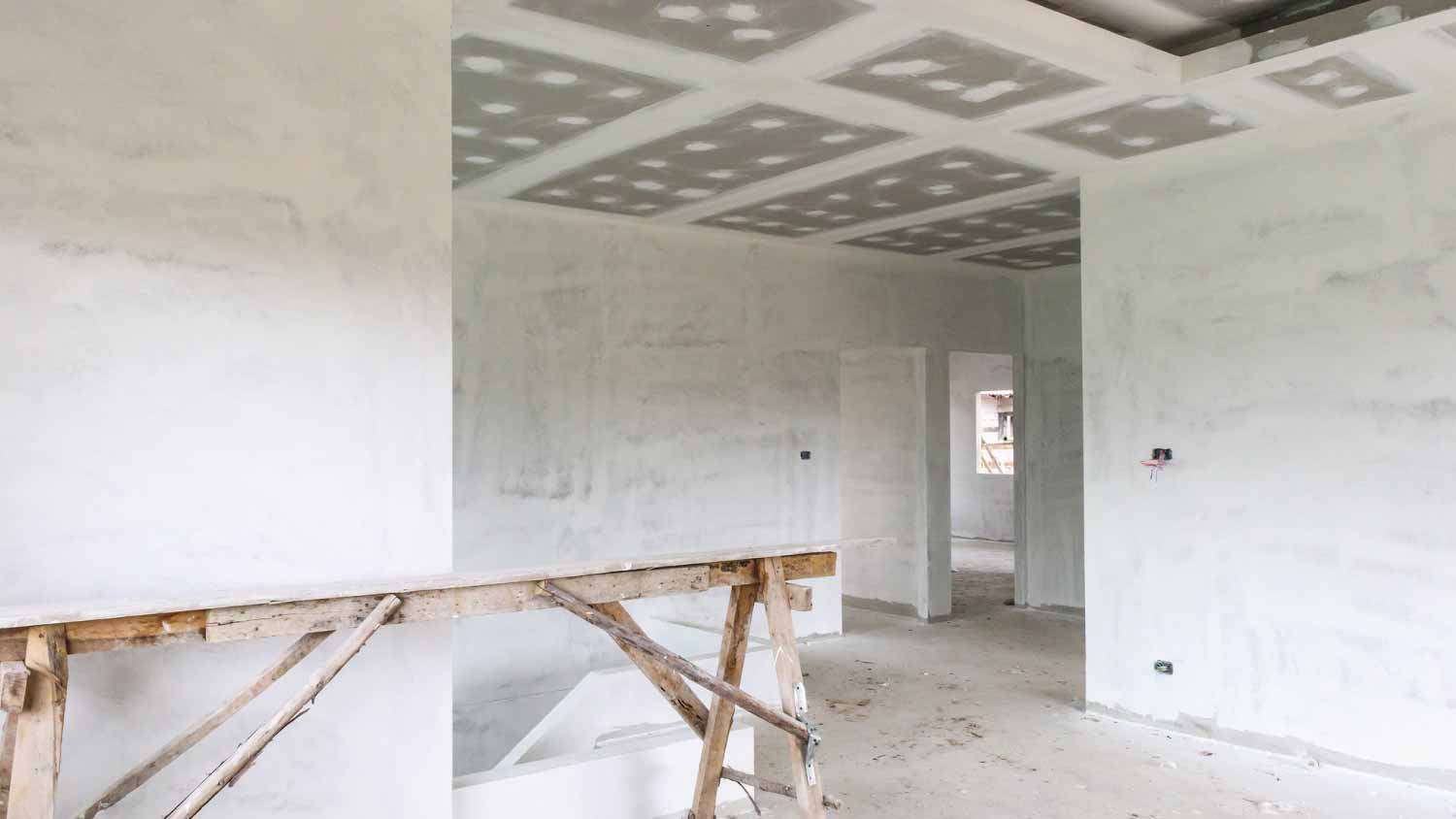
Drywall texture can create an attractive finish and add dimension to your home’s walls. This guide breaks down the factors that influence the cost to texture drywall.
Know what to look for when determining if the drywall in your home is safe or a hidden toxin.


Toxic drywall can be a dangerous health hazard for anyone living near it. There are several ways you can determine if your drywall is safe, but the most comprehensive way is to contact a drywall contractor to assess the material in your home. A professional will have the right equipment and access to proper testing facilities to ensure your family’s safety.
There are two basic ways for determining if the drywall in your home is safe. One is by examining the drywall itself, and the other is by examining secondary evidence found on your copper wires, silverware and jewelry.
If the drywall is toxic, examination of the drywall and electrical fittings might show:
• An installation date between 2001 and 2009• Chinese markings may be an indicator. All drywall made in China is not toxic, but it’s a good indicator for suspicious material.• The copper wiring in electrical outlets or on appliances as well as the evaporator coils of an air conditioner have turned black.
Though a drywall contractor can professionally inspect your home's drywall and give you an official diagnosis, there are some indications that your drywall may not be safe. Signs to watch out for include:
• Light bulbs burning out faster than they should• Information displays failing on DVD players, radios, TVs and microwaves• Silverware and jewelry tarnishing• Satellite TV receivers failing• Air conditioners beginning to fail• HVAC systems failing and copper wires appearing to be coated in black• Electric stoves and ovens as well as refrigerator coils failing
There are also health issues that you need to recognize that might be attributed to potentially toxic drywall. If the drywall can corrode wire and tarnish silver, it can irritate the mucus membranes of humans and pets. Some indications include: nose bleeds, frequent respiratory problems including coughing and sinus problems, headaches and rashes. Be on the lookout for a rotten egg odor which comes from the gasses released by the sulfur inside the drywall.
According to the Associated Press, Knauf International reached a settlement in November 2011 and agreed to payback contractors for using the allegedly tainted Chinese drywall, which was primarily used in Florida, Texas, Louisiana and Mississippi homes. Some of this drywall may be marked with the Knauf name.
Toxic drywall can be very dangerous to the health of you and your family, pets and expensive appliances. The safest course to take if you suspect any of the symptoms or indications is to contact a professional drywall contractor as soon as possible and have your walls inspected.
Editor's note: This is an updated version of an article originally posted on Feb. 13, 2012.
From average costs to expert advice, get all the answers you need to get your job done.

Drywall texture can create an attractive finish and add dimension to your home’s walls. This guide breaks down the factors that influence the cost to texture drywall.

Installing beadboard ceilings is a great DIY project. Learn what to expect cost-wise from this project, whether removing or covering a popcorn ceiling.

Whether you’re trying to keep noise in or out, soundproofing materials are the way to go. Use this guide to see how much it costs to soundproof a room.

If you’re planning to DIY your drywall installation, you’re probably wondering how much a sheet of drywall weighs. Let’s take a look.

Installing drywall can be a messy renovation project. Learn how to get rid of drywall dust like a pro with these handy tips.

Before you dive into a drywall project, you’ll need to know how many screws to use per sheet of drywall. This guide will help you calculate the total number.